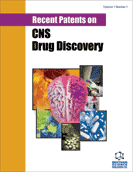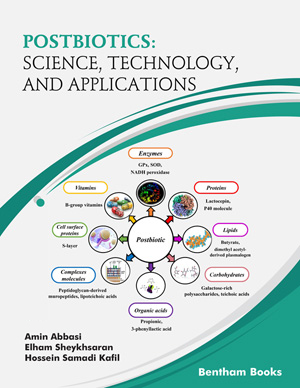Abstract
To date, the application of a wide range of nanostructured materials
(NSMs), such as carbon nanotubes, silica compounds, metallic nanoparticles,
nanovesicles (liposomes and exosomes), nanohydrogels (NHGs), nanohydroxyapatite
(NHAPs), chitosans, and graphenes, has gained interest for various applications in
biomedical sciences. These nanoparticles presented outstanding biological and
mechanical features. Although the biocompatibility of NSMs is highly investigated,
their interaction with the reproductive system is less exploited. On the other hand,
recently, NSMs-mediated drug delivery presents a competent method in reproduction
biology. Emerging evidence from the literature supports the considerable progress in
nanopharmacology, which has transformed the theory of targeted biological delivery,
permitting the engineering of complex biocompatible organic/inorganic platforms with
a vast loading capacity, highly selective affinity, stability, and capacity for multiple,
simultaneous usages; all within the nanometer scale. In this chapter, first, the potential
application of NSMs in the field of reproduction is highlighted. Then, the possible
effects of these materials on reproduction, endocrinology, developmental alterations,
and next-generation impact will be discussed. The data presented in this chapter could
provide insight into the effect of NSMs on the reproductive system and development
and lead to better risk assessment of these materials or synthesis of safe nano-drug
delivery systems to the reproductive organs.






















